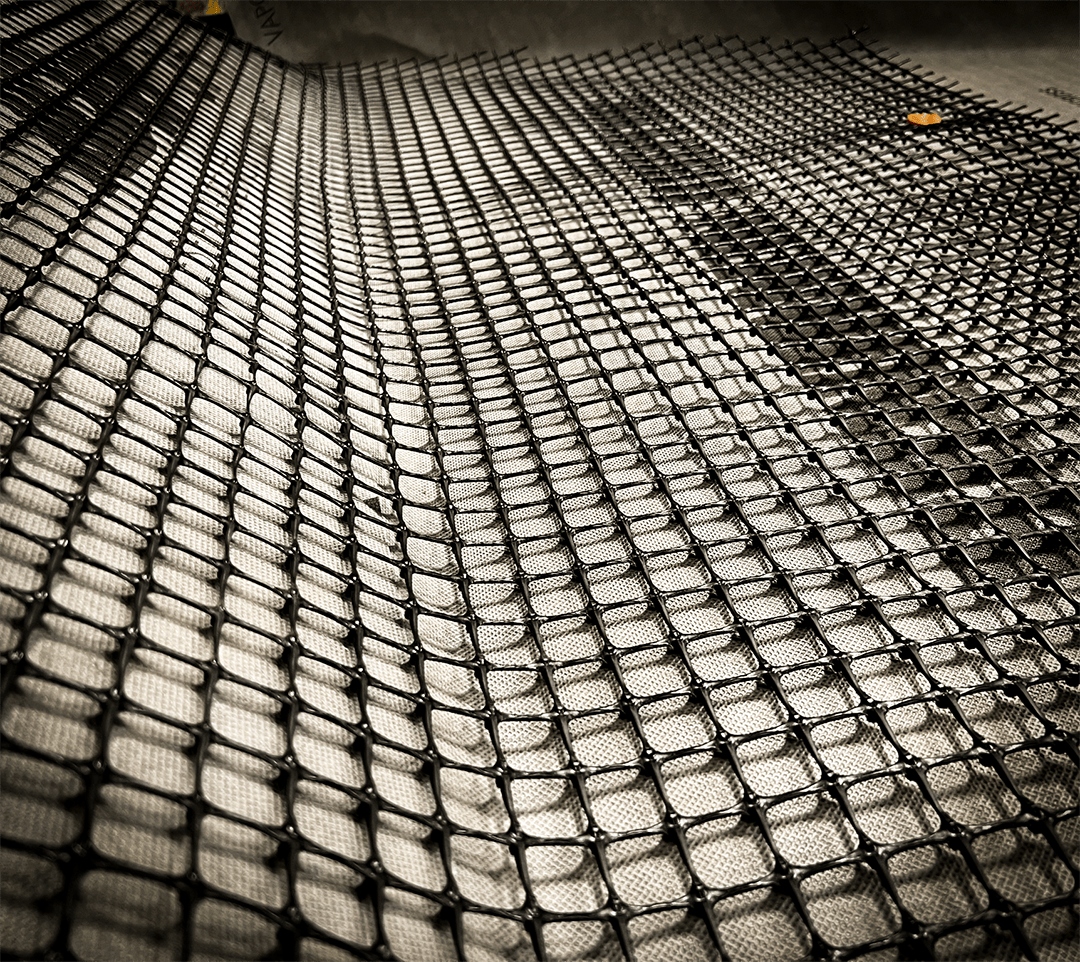Energy-efficient roofs are becoming more popular due to updated building codes, homeowner preferences, and the increasing use of conditioned attics. Some roofing underlayment can play a critical role in overall efficiency by not just providing moisture protection but by serving as an effective air control layer.
The Role of Roofing Underlayment as an Air Control Layer
A continuous, consistent air control layer significantly enhances the effective R-value of insulation. For example, insulation designed to reduce heat loss from the interior to the exterior can be negatively impacted if you have air that’s moving through it. By minimizing air leakage, a robust air control layer ensures insulation performs as intended, maintaining its full thermal resistance and increasing the energy efficiency of the home.
Using a self-adhered roofing underlayment, such as VaporDry SA, creates a continuous air control layer that seals around all penetrations, making the assembly airtight in addition to its main role of preventing water intrusion.

VaporDry® SA Samples
GET YOUR FREE VAPORDRY® SA SAMPLES TODAY
Avoid Mistakes That Can Impact Energy Efficiency on the Roof
Failing to maintain continuity between a self-adhered membrane and abutting air control components is a major error. Ensure the roofing underlayment is properly overlapped and integrated with all connecting materials to preserve the integrity of the air barrier system.
Along with visual inspection to ensure that all details, connections, and transitions are properly sealed, building code requirements can include a blower door test. This test pressurizes the entire house and generates a measurable result to confirm that the air control layer across the roof and wall systems is continuous and correctly installed. This verification helps optimize the building’s performance and allows for proper sizing of the mechanical system.
Reducing the Size of the Mechanical System
Creating a continuous air control layer with the appropriate roofing underlayment reduces the workload on the mechanical system. This enables specification of a smaller, more efficient system—enhancing the overall energy performance of both the roof and the home overall.
Why Vapor Permeance Matters for Energy Efficiency
Having a vapor permeable underlayment like VaporDry SA is especially beneficial in cold roof assemblies where airflow occurs above the underlayment. This setup allows any interior moisture that migrates through the assembly to escape into the ventilated space, improving both the durability and energy efficiency of the roof.
At the same time, convective air currents in that ventilated space help reduce the amount of heat absorbed by the shingles and transferred into the building or insulation. This cooling effect lowers the thermal load, allowing the insulation to perform more efficiently.
For a more in-depth look at insulation and R-values, read our Guide to Exterior Insulation: Breaking Down R-Values.
To see how VaporDry SA can help increase the energy efficiency of your roof assemblies, order a sample today!




